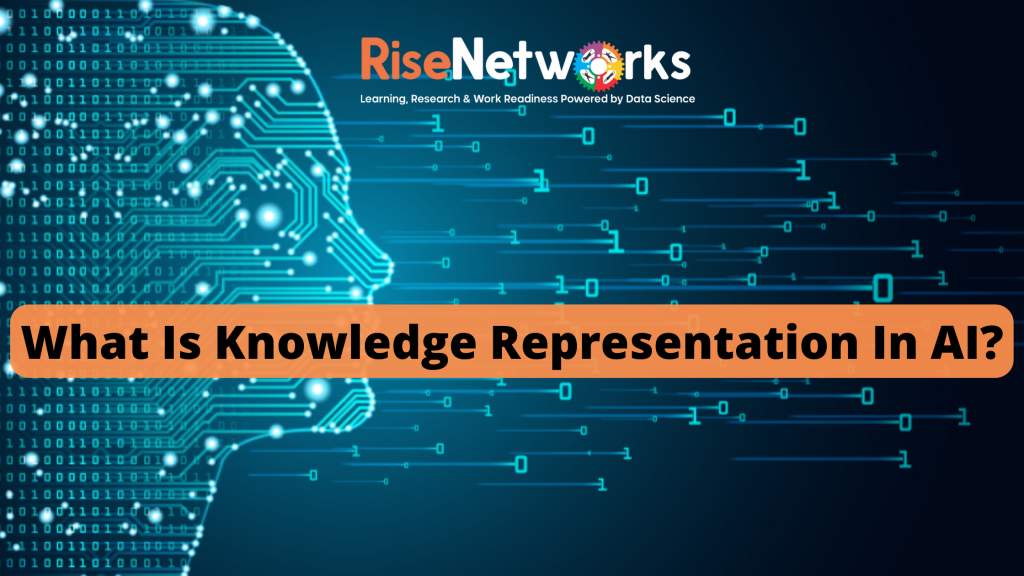Knowledge representation in AI is how a computer can understand and make sense of the world around it. It’s what allows machines to learn and make decisions, and it’s one of the most important components of AI research.
Another definition of knowledge representation is a method of storing knowledge and other information in a computer. It is significant because it enables computers to do things that humans cannot, such as solve problems and make decisions.
For example, if you wanted to create an AI system that could recommend a movie based on your preferences and your friend’s preferences, the system will have to store data about those preferences and use that data to decide which movie would be best for both of you.
The goal of knowledge representation is to ensure that computers understand data in the same way that humans do: as concepts that are meaningful in and of themselves, even when separated from any particular context. An image recognition system, for example, may be able to tell you whether or not there is a dog in an image—but only if it knows what dogs look like!
Knowledge representation is so important in AI because without it, we wouldn’t be able to build machines capable of making sense of their surroundings.
Properties of Knowledge Representation System
To be considered good, a Knowledge Representation system must have the following features according to Tech slag.
Representational adequacy
It should be able to represent the different kinds of knowledge required.
Inferential adequacy
The KR system should be able to come up with new structures or knowledge that it can infer from the original or existing structures.
Inferential efficiency
It should be able to integrate additional mechanisms into existing knowledge structures to direct them toward promising directions.
Acquisitional efficiency
The KR system should be able to gain new knowledge through automated methods instead of relying on human intervention. However, it should also allow for the injection of information by a knowledge engineer.
Knowledge Representation Techniques in AI
Today, there are many different types of knowledge representation systems that use different methods to describe information about the world around us. These include:
-Logical Representation
This is the most fundamental form of representing knowledge to machines, employing a well-defined syntax with appropriate rules. This syntax must be free of uncertainty and must deal with prepositions. There are two kinds of logical representations:
Propositional Logic
First-order Logic
– Semantic networks Representation – A type of graph-based structure where nodes represent concepts and edges represent relationships between concepts.
– Production rules – A set of if-then statements describing how things work in an application or system.
– Frames Representation – An organization system that allows you to group objects together based on their properties (known as slots).
In conclusion, Knowledge representation is the key through which we can make the future AI system much smarter than compared to what they are today.

